-
Posts
235 -
Joined
-
Last visited
-
Days Won
1
Content Type
Profiles
Forums
Blogs
Gallery
Events
Store
Posts posted by Tony Farrell
-
-
The BWM/RNR LSM pair appear to be full size. The plain green ribbon was used on several issues and also on that medal until 1941. I don't 'do' miniatures, so I have no ribbon for them.
0 -
Typically, I have run out of plain green volunteer ribbon. I'll put it on my hit list and send you some when I get it.
0 -
1. Disgruntled squaddies selling for profit.
2. Squaddies selling a double issue for profit.
3. Genuine, but misappropriated medals being sold.
4. Outright fakes. (No DW under the effigy, no cigar!)
5. Copies. These should fool nobody.
In that order.
0 -
The Case should be embossed "IMPERIAL SERVICE MEDAL".
Not necessarily. This was a post-war (WWII) development. The boxes illustrated are pre-war and wartime economy.
The ribbon on the RNR LS&GC is incorrect, and should be plain dark green. Otherwise, a nice pair. The ribbon used appears to be either a provincial police or fire LS award - and is probably quite rare.
0 -
Paul, there's no need to cut up any original ribbon, I've already got a very small amount left in my 'bank', so you keep hold of it. Yes, I'm in the UK. TFWMs go for around the ?80-100 mark.
0 -
Yep, I've just had a look. They're both back on: NZ$30 for the two - which equates to about ?10, or ?5 per roll which is a bargain - especially when a notable London dealer stings me for ?3 for a 6" strip! What would shipping costs be I wonder? Unlike some collectors, I'm not at all fussed by modern weaves, just finding the correct ribbon for these (to many) obscure colonial & dominion issues is bad enough. I did contact Toye's (the manufacturer who more than likely produced the ribbons for sale) a while back, but they had none in stock - unsurprising I suppose, considering there would be little requirement for the UK market.
Anyhow, yes, I do have some ribbon for the L&ESM - but like I said, you can never have enough of colonial/dominion issue ribbon. The CBE is a neck badge - hence the neck ribbon, whereas the OBE/MBEs are breast badges. How much? Depends on who's looking for some, but original weave is difficult to find, so...? As for the TFWM - they're around, it's just a case of keeping ones' eyes peeled, but they're not cheap - especially compared to other Great war issues.
0 -
Oops, I'd mis-ID'd the prisons gong, and yes it's the Afghan GSM ribbon. Yes, the NZ L&ESM became obsolete upon the introduction of the Efficiency Medal New Zealand, and I'm OK for ribbon - so no cutting it up. There was an entire roll of this (and a roll of NZTS) ribbon up for auction on a Kiwi version of eBay a couple of weeks ago. So near, yet so far.

The first type (Military Div.) CBE neck ribbon is hard to find. All in all, a good hoard.
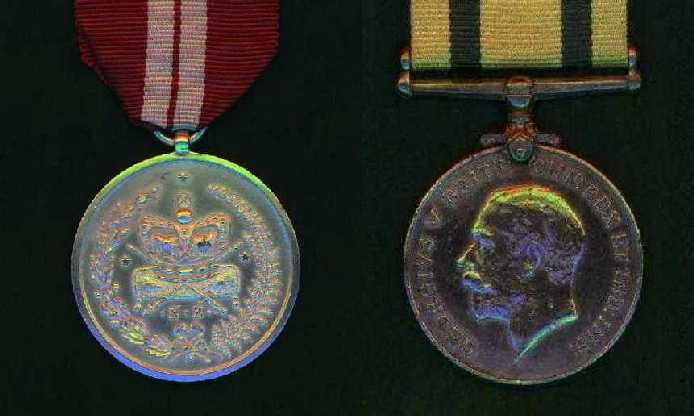
 0
0 -
What you've illustrated are the following: Army/Military LS&GC, Territorial Force/Efficiency Medal, NZ Long & Efficient Service and Territorial Force War Medal.
What I'm after is what's ringed in the below attachment.
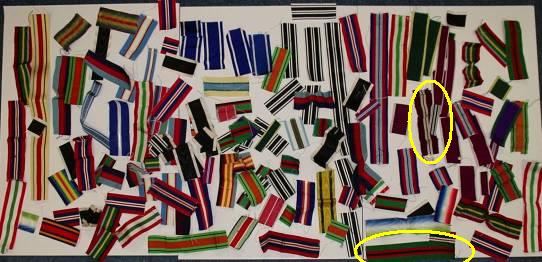
 0
0 -
If there is a particular ribbon anyone needs just let me know...and its yours!
That's an awfully nice offer. I wouldn't mind a decent length of NZ Prisons LSM and some of that NZ L&ES. It's a bugger to find over here in Blighty!
 0
0 -
A perfectly genuine specimen released for the collectors' market by the Australian Mint in the 1970s
0 -
Aye, a nice group. I'd be happy with that!
 0
0 -
The regulations for the 2002 Jubilee Medal are no different than other previous issues, and are worn where they have been since the post-Great War overhaul which shifted them aft - for want of a better descriptive term.
0 -
It might not necessarily be a Permanent Force LSM ribbon, as the NZ Police LSM used/uses the same. I haven't a clue as to what the next one along is, but the last one is most probably a LdH. It's certainly an odd bag, but doesn't look like a recently made up ensemble.
0 -
You guys are still applying common sense and logic! Whatever transpires will be the most illogical and expensive decision.
 0
0 -
The ribbon on the RFR LS&GC is quite correct. Nice group by the way. Get 'em properly mounted!

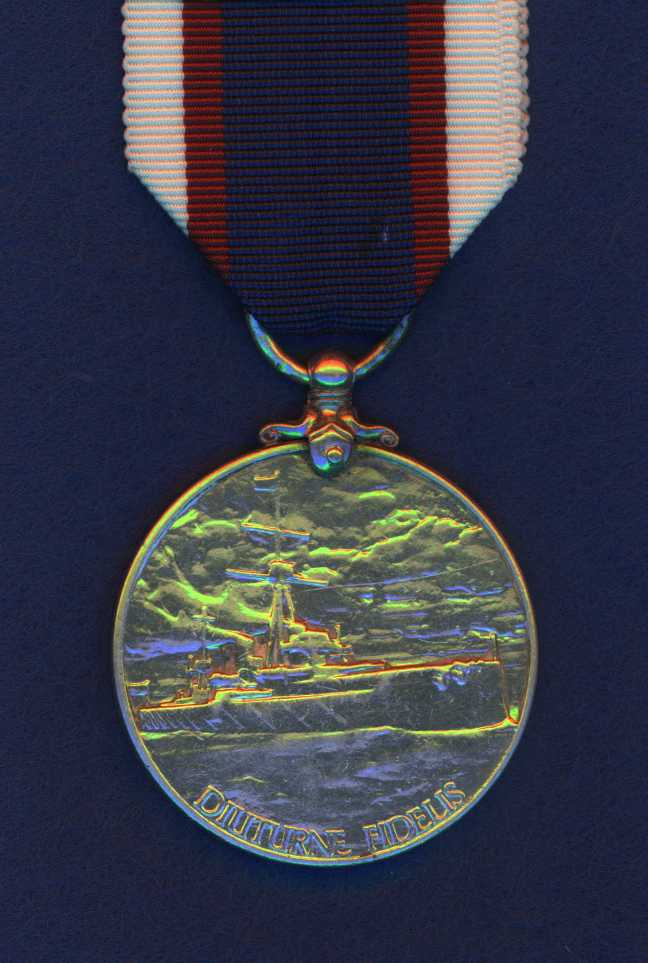
 0
0 -
The whole point of the OSM was to do away with the brilliantly simple, proven and economic GSM and its system of clasps. In their place, there was to be a variety of pretty ribbons signifying various operations not worthy of a separate campaign award - much like the UN tat.
Anyhow, some bright spark realised that sometimes it's a good idea to differentiate between those who were being shot at, and those that were inflating tyres in the REME workshop, or filling out forms and the like in General Office miles away from the action. This system had worked before, e.g. the South Atlantic Medal. Though the usage of a rosette has precedence (signifying clasps/bars on both campaign and long service medals), its use on the medal proper was a new initiative. This was done mainly in the cause of expediency, as clasps for the South Atlantic Medal would've delayed their issue - which would've been a no no for Maggie?s heroes. [issue delays? Shurley shome mishtake?]
Anyhow [still awake?], the Sierra Leone actions were deemed worthy of distinction, and so the rosette was resurrected. Then the Afghanistan debacle ensued, and someone decided that clasps were a rather good idea after all: clasps for those in the country proper, and none for those outside in Zone 2 - or thereabouts. It kind of defeats the point of disposing of the GSM I suppose, but hey, that's design by committee for you!
Then we have the Congo business (Operation Coral). It's clasps all around for this issue - which kind of defeats the object of ribbo... oh you know the drill. Don't try and make sense of it, 'cause it doesn't make any.
 0
0 -
6083. A/SIS.M.L.STEPHEN CRAIGS COURT H. NSG DIV. No 1DST.S.J.A.B.1927
I would surmise that this translated as 6083 Acting Sister M L Stephen, Craig's Court Hospital Nursing Division, No.1 (Metropolitan) District. A very nice (and underrated pair).
0 -
Yes, that's Lancashire Fusiliers.
As for yeomanry medals outside of the usual spheres of major conflicts? Their very nature as territorials pretty much precludes them from anything but big time shooting matches. I understand that some yeomanry blokes were involved in the Gulf War (who'd specifically volunteered to go), but whether their medals would be named to the unit they served with or their 'home' unit I cannot say. I wouldn't be at all surprised if some are out in Iraq now - along with other significant contributions from the TA.
0 -
The reason for the adoption of the recognised modern style - i.e. shoulder-mounted rank insignia - during the Great War was due to snipers. The cuff insignia made officers conspicuous - along with (no doubt) riding boots, breeches and the carriage of a revolver. Thus, some officers adopted a less obvious approach - some going as far as to wearing suitably adorned ORs tunics (though lugging around a SMLE was presumably pushing it a bit).
Such practices were frowned upon by the officer corps, who saw it as a betrayal of ones' class - with not a little bit of 'wind up' creeping in. That said, due to the sheer number of casualties, it did make sense not to make ones' position totally obvious and the practice of subdued and relocated insignia gradually became accepted in the late stages of the war. Cuff insignia was obsolete by 1920.
Incidentally, the whole reason for the adoption of cuff insignia was to highlight rank comparability with the Royal Navy. This was due to inter-service confusion that transpired during the Boer War, when the two services found themselves (increasingly) operating alongside each other.
0 -
The Police LS&GC is for twenty-two years' service. The Fire Brigade LSM is for twenty. The Army LS&GC was reduced from eighteen to fifteen years' service in 1975, and the RN & RAF LS&GCs to the same from the same two years later.
Adult service is reckonable towards the medals from the age of 17?, though this is rather a grey area, as adult service (proper) does not commence until the age of 18, with any service time accrued before this date (16-18) not actually counting towards the enlistment period. Ergo, a soldier enlisting at 16 does two years service before his actual term of enlistment (minimum four years for those enlisting under 18) commences - thus serving a total of six years: the six-year 'trap'.
I understand that the Royal Navy & RAF have abolished this practice.
0 -
Just out of interest, how much research protentional is there for these medals?
I have a copy of the IY LSM roll, so I'll look Lawton up - though it'll only varify the medal's award date in AOs. I understand the muster rolls are at the PRO, and there's bound to be stuff in local archives, so..? I only have one of these scarce medals - to a chap in the South Notts Hussars. I looked for ages to find one of these, then a bunch cropped up.
 0
0 -
Obverse shot:
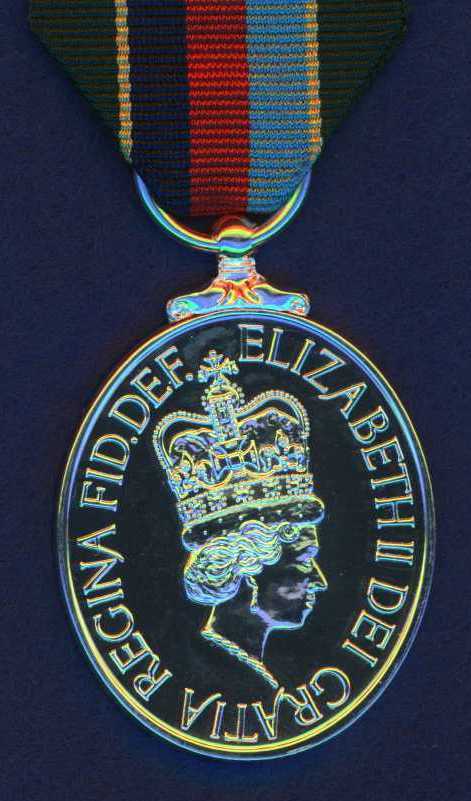
 0
0 -
The IY LSM pair is worthy of a larger scan. Do you have many IY LSMs? I gather from your avatar that you're ex-QOMY?
0 -
They are indeed named. Initial issues were struck in the standard MoD impressed capital format, though recent issues are laser-etched with the recipient's details. The medals are struck from silver, as are the bars for five year increments of service.
The quality is not that bad, though please excuse fingerprints!
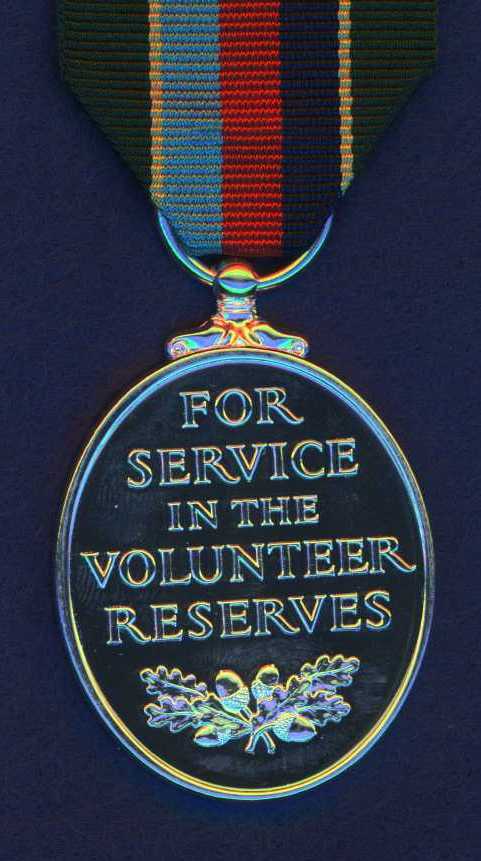
 0
0




My British Collection
in Great Britain: Orders, Gallantry, Campaign Medals
Posted
Blimey... yes Dan I think you've got it!
 It is somewhat confusing - and it all could've been avoided had more imagination been utilised by the powers that be/were. Your QSA & VLSM are fine. Your RNR LS&GC uses the same ribbon. I'm not even going to mention CAFLSMs and decorations. All in good time.
It is somewhat confusing - and it all could've been avoided had more imagination been utilised by the powers that be/were. Your QSA & VLSM are fine. Your RNR LS&GC uses the same ribbon. I'm not even going to mention CAFLSMs and decorations. All in good time. 